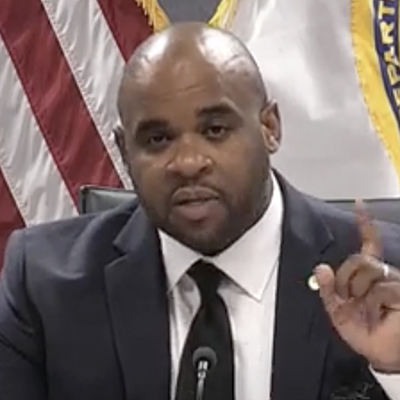Xcel Energy highlighted a busy day for utility earnings calls Thursday with weaker results the company blamed on inflationary pressures and a lower-than-expected return on equity from a rate case in its home state of Minnesota.
The Minnesota Public Utility Commission in June approved a $306 million, or 9%, rate increase over three years for Xcel, below recommendations from the state’s Department of Commerce and an administrative law judge. Xcel initially requested a $677 million, or 21%, increase before dropping its ask to $498 million and then $400 million.
The Minneapolis-based company reported earnings of $288 million ($0.52/share) for the quarter, down from $328 million ($0.60/share) from a year earlier.
CEO Bob Frenzel said the company is working to offset the effects of the headwinds and is continuing to “lead the nation’s clean energy transition.”
In June, the PUC also approved Xcel’s plan to construct a multi-day energy storage system that will test Form Energy’s 10-MW/1,000-MWh iron-air battery system at the utility’s 710-MW Sherco solar site. The battery is expected to come online in 2025. (See “Long-duration Storage is Key,” Overheard at EEI 2023.)
“We’ve always been focused on new technology, new research, development and deployment of new technologies to achieve our 100% goal,” Frenzel said, referring to the company’s first-in-the-nation commitment to 100% carbon-free electricity. “Long duration energy storage is a critical part of the energy future. A 100-megawatt-hour battery … [is] a nice asset class as we think about periods when the wind doesn’t blow and the sun doesn’t shine.”
Frenzel also addressed a recent report following an investigation by the Boulder County (Colo.) Sheriff’s Office into a 2021 wildfire that caused about $2 billion in property losses. The report found Xcel subsidiary Public Service Company of Colorado (PSCo) responsible for one of two ignitions. Xcel disclosed the report in its earnings release and said that if PSCo is found liable and is required to pay damages, the amounts could exceed insurance coverage of approximately $500 million.
“Because of the pending litigation that has been filed, we’re not in a position to discuss the fire in more detail at this time,” Frenzel said. “We will vigorously defend ourselves and move forward to presenting our position in court.”
Xcel’s share price dropped $2.18 (3.35%) during a down day on Wall Street, closing at $62.87. The Dow Jones Industrial Average lost 237 points, ending a historic streak of 13 straight gains.
AEP Continues with Asset Sales
American Electric Power said Thursday that the “de-risking” and “simplification” of its business continues to pick up speed with two non-core transmission ventures being put up for sale.
CEO Julie Sloat told financial analysts during the company’s quarterly earnings call that AEP will soon launch the sale of its interests in the Prairie Wind and Pioneer transmission projects. The former are 345-kV facilities in Oklahoma and the latter 765-kV facilities in Indiana.
AEP could also soon put its share of Transource Energy, a competitive transmission developer, on the block once it completes a strategic review.
AEP also plans to close the sale of its 1.37-GW unregulated renewables portfolio to IRG Acquisition Holdings in August and is on track with other transactions involving its AEP Energy retail and AEP OnSite Partners distributed resources businesses and its 50% share in the New Mexico Renewable Development joint venture.
“Our ongoing active management of the company strengthens our ability to prioritize investments in our regulated businesses,” Sloat said.
The Columbus, Ohio-based company delivered second-quarter earnings of $521 million ($1.01/share), compared with earnings of $525 million ($1.02/share) for the same period a year ago.
During the quarter, AEP received regulatory approval to add nearly 2 GW of new wind and solar generation in Oklahoma, Arkansas and Louisiana. It also has approvals in place for $5.2 billion of its five-year, $8.6 billion regulated renewables capital plan and has filed for approval of $1.7 billion in additional renewable projects.
AEP’s share price closed Thursday at $85.26, a drop of $2.35 (2.6%) on the day.
CenterPoint Energy Takes $74M Hit
CenterPoint Energy (NYSE: CNP) also reported quarterly financial results on Thursday, delivering earnings of $106 million ($0.17/diluted share) that included a loss and expense of $74 million ($0.12/share) related to the divestiture of Energy Systems Group (ESG).
The Houston utility earned $179 million ($0.28/diluted share) during the second quarter a year ago.
CenterPoint sold its interest in ESG for about $157 million to EEG Holdings in May. ESG offers energy efficiency and sustainable energy solutions.
The utility’s share price closed at $30.36 Thursday, an 85-cent loss.


